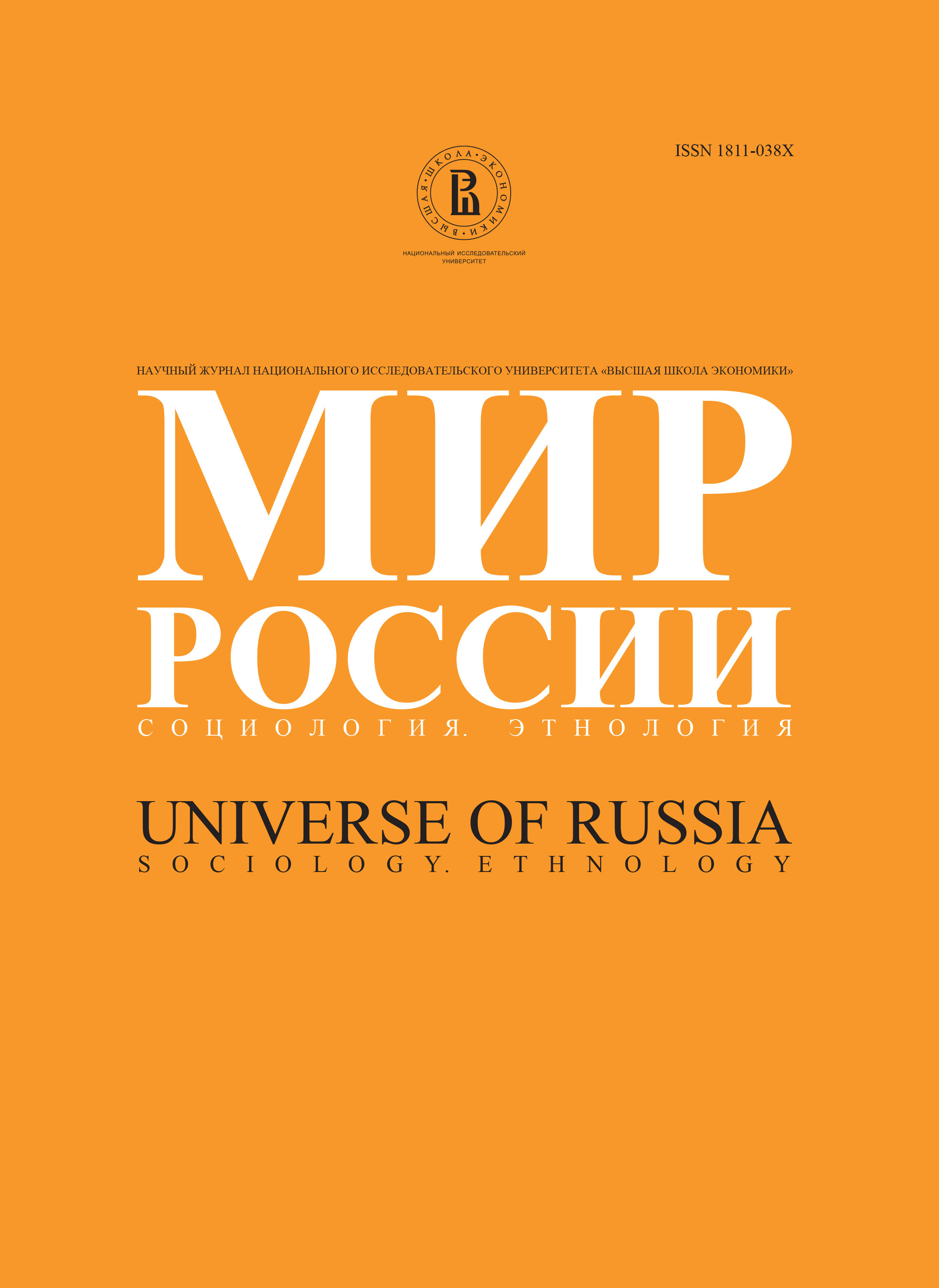Who will Come to Russia from «Near Foreign Countries»?
Abstract
The immigration from the CIS and Baltic countries is the only real potential for the compensation of Russian demographic losses: during the migration exchange with the developed countries Russia looses its population, and speeding up of the immigration from the «third world» countries is unlikely in the near future. In spite of the reduction of inflow of people coming to Russia from the CIS and Baltic countries, these countries remain the most likely providers of immigrants in the near future. The article attempts to give an answer to the question: What are the perspectives of immigration from new independent countries to Russia?The migration potential of the «new foreign countries» (the maximum number of potential migrants, who can leave these countries at the moment, with significance and structure of pushing out and attracting factors unchanged) is estimated as 7,5 million people, including 3,1 million Russians, 0,4 million representatives of other Russian ethnic groups, 1,0 million people, belonging to the nationalities of the CIS and Baltic countries, living outside «their» countries and 3,0 million people of other predominantly native ethnic groups of the country of residence. The migration potential of the «new foreign countries», which Russia will manage to attract during next 6-7 years does not exceed 5,2 million people, including 3,0 million Russians and the representatives of other Russian ethnic groups.
The article looks at three basic scenarios of the development of social, economic and political situation and the immigration policy:
Inertial, which presupposes passive immigration policy along with strengthening of social and political stability on the post-Soviet territory, preservation of the existing differences in economic development of Russia and other new independent countries, presence of favorable economic conditions;
Economic boom in Russia, which presupposes active immigration policy along with growing differentiation in the economic development of Russia and other countries of the CIS and preservation of social and economic stability on the post-Soviet territory;
Escalation of political tension in the sub-region of Central Asia, which presupposes the growth of fundamentalist and extremist attitudes in Central Asia countries of the CIS, an outbreak and escalation of armed conflict (conflicts) in this region; certain acceleration of social and economic development of Russia as compared to other new independent countries, insignificant increase of differences in the standard of life in Russia and other countries of the CIS.
The author of the article gives the estimations of migration flows for each of the analyzed scenarios. The maximum annual increase of Russian population due to immigration from the CIS and Baltic countries is estimated as 300-350 thousand people.






